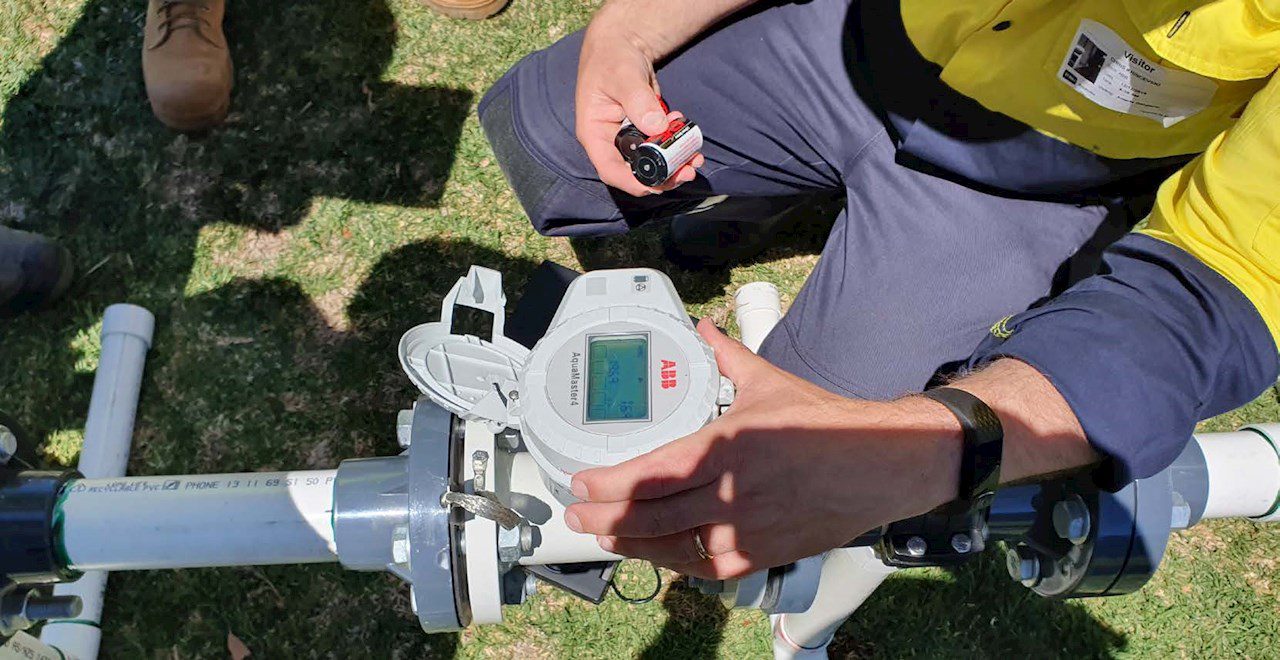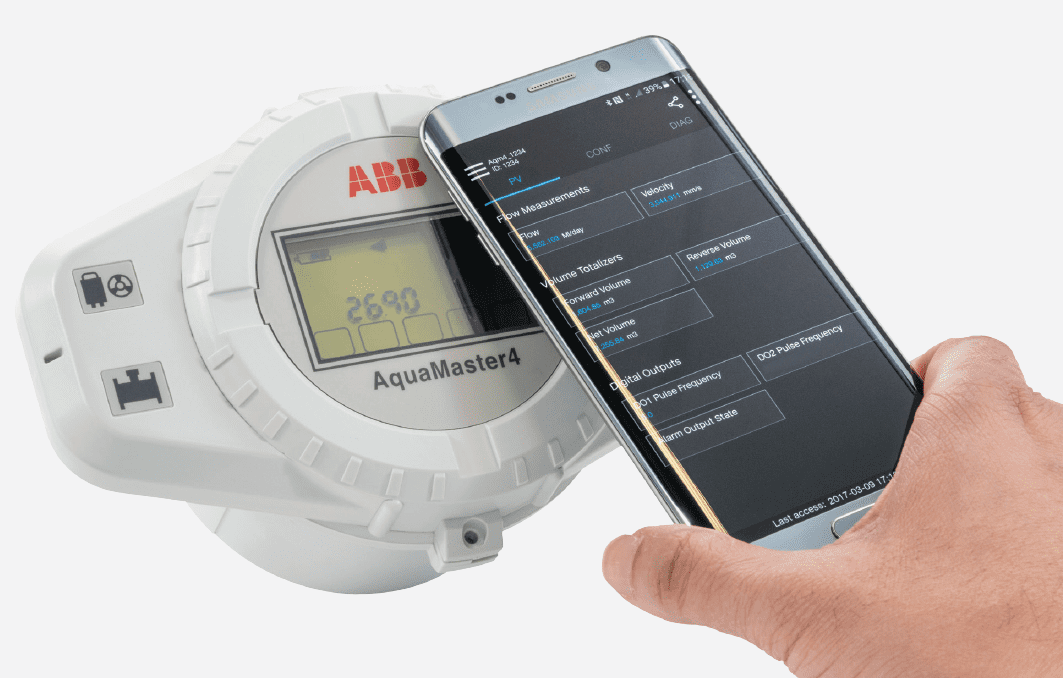
Sustainability is a huge concern for organizations tasked with providing people with fresh water. Almost two thirds of the world’s population already experience severe water scarcity for at least one month each year and more than 2 billion people live in countries with an inadequate water supply. This threatens to drive social unrest and mass migration, with 700 million people potentially being displaced in their search for safe and secure water by 2030.1
Water scarcity can be physical – where there is insufficient water to meet demand – but it’s often economic too, being exacerbated by a lack of investment in conservation and distribution. Consequently, one of the biggest challenges facing utilities around the world is getting clean water to customers while minimizing treatment and distribution costs.
Other global shifts are also impacting how people use water. Urbanization means that over half the world’s population now live in towns and cities and that’s set to reach two thirds by 2050.2 This move to the cities goes hand in hand with increasing industrialization, which demands more water for manufacturing and generates more effluent. Water is consumed extensively in agriculture for both food production and increasingly for biofuels. This upward trend shows no sign of changing as the growing population need more food as well as more water-intensive foods such as meat and dairy.
All these concerns are aggravated by climate change, which makes the availability of water less predictable. Higher temperatures and unpredictable rainfall and snowmelt patterns continue to disrupt supplies to vulnerable communities, causing droughts and floods.
In response, the clamor for decarbonization is increasing and water is firmly in the spotlight as an energy-intensive industry. For instance, carbon emissions from domestic and non-domestic supply by water companies in the UK is 5.03 MtCO2e which increases to 35 MtCO2e when household water use is factored in.3
Arguably the most obvious way the water industry can tackle these challenges is to fix leaks, which currently account for over 45 million cubic meters of lost water every day.4 These losses must be replaced, treated and pumped again to maintain supplies to customers, which uses more energy and resources. This spiral effect drastically reducing the sustainability of water operations.
One reason why tackling leaks is so challenging is that pipework leaks often remain hidden underground. Losses stemming from relatively small but steady leaks from a joint or fitting can be especially hard to detect, and even more so if the escaping water doesn’t reach the surface. As a result, many of these leaks go unreported.

While leakage is a major factor in water loss, it is not the only one. Poor measurement can lead to millions of liters of water being quantified incorrectly, which means nobody is quite sure exactly how much water is in a pipeline or where it is going. In irrigation applications, underpricing of water is one of the main reasons for over-consumption, because customers don’t bear the true cost of excessive water use. Only accurate data enables water companies to bill consumers correctly for what they are using and make them more inclined to conserve their supplies.
Another major problem is unauthorized or illegal water abstraction. An estimated 30 to 50 percent of the world’s available freshwater supplies are stolen from water distribution networks every year, particularly in the agricultural sector.5 This can often be a problem where insufficient value is associated with water – financial and social – such that the need to control its use is not properly recognised.
Significant investment is needed to tackle many of these challenges, so it is critical that water companies are financially viable. In many parts of the world, leaks and unauthorized extractions can result in lost revenues running into billions of dollars per year, impacting not only on profits but also on the ability of utilities to invest in improving their systems. All this makes it imperative for utilities to collect accurate data on water flows throughout their distribution networks. It’s the only way for them to effectively manage supply and demand, optimize the amount of energy they use and reduce the costs of treatment by focusing resources in areas where treatment is required.
Cost management also improves considerably when water companies are armed with the most timely and accurate data. Billing accuracy is essential for all parties concerned to help manage costs and distribute them fairly. Maximizing revenues provides a valuable source of funding for future improvements that will ultimately bring water to even more people.
Effective water management starts with accurate measurement of a range of parameters, from flow, pressure and level through to water quality. Armed with accurate, up-to-date volume and flow information, utilities can assess and identify losses and detect any discrepancies, whether they result from leaks or from unauthorized usage. It also allows the network operator to model what is happening so they can optimize key parameters such as pressure and flow, enabling more effective planning and resource management.
District Metered Area (DMA) networks segment the water distribution system into smaller zones, enabling more precise control and surveillance and the detection of leaks. Precise measurements within these DMA networks are crucial for pinpointing water losses, tracking consumption trends and refining water resource management. An effective DMA scheme will use a combination of flowmeters, pressure transducers, data loggers and communications systems such as Supervisory Control and Data Acquisition (SCADA) or telemetry systems to provide real-time monitoring and analysis that can be used to target and rectify leaks, as well as optimizing network performance. Measurements taken within the DMA network provide valuable data for evaluating the overall performance of the distribution system. By scrutinizing flow rates, pressure readings and consumption patterns, utilities can identify areas in need of improvement, optimize pipe sizing and make well-informed decisions regarding network upgrades or modifications.
Demand for more effective network monitoring is growing as a result. Thankfully, the availability of rich data from the latest generation of digital measurement solutions increasingly brings more effective water network monitoring within reach – both economically and practically. It also helps water companies optimize their operations by ensuring they can make decisions based on accurate, up-to-date information.
Perhaps most notably, digitalization gives water utilities the ability to transition to preventive or even predictive maintenance. Spotting tell-tale signs of trouble brewing enables operators to prevent network incidents before they can cause a disruption. This minimizes costs and maximizes uptime and productivity.
The water industry is not immune to the broadening skills gap felt by almost every industry, and smart measurement and monitoring solutions can help here too. Operators in the field are now able to carry out remote diagnostics, saving time and money. They can also carry out maintenance tasks using augmented reality (AR) and virtual reality (VR), often providing access to expert support and offering the option to have a visual record of maintenance activities.
By investing in the latest measurement technologies and deploying them as widely as possible throughout their distribution networks, utilities can transform the sustainability of water supplies and help conserve this vital resource for future generations.
References
[1]https://www.unicef.org/wash/water-scarcity#:~:text=Key%20facts,by%20as%20early%20as%202025.
[2]https://www.unwater.org/water-facts/urbanization/
[3]https://assets.publishing.service.gov.uk/government/uploads/system/uploads/attachment_data/file/291728/
[4]https://waterintelligence.co.uk/water-facts/
[5]https://www.nature.com/articles/s41893-020-0589-3


